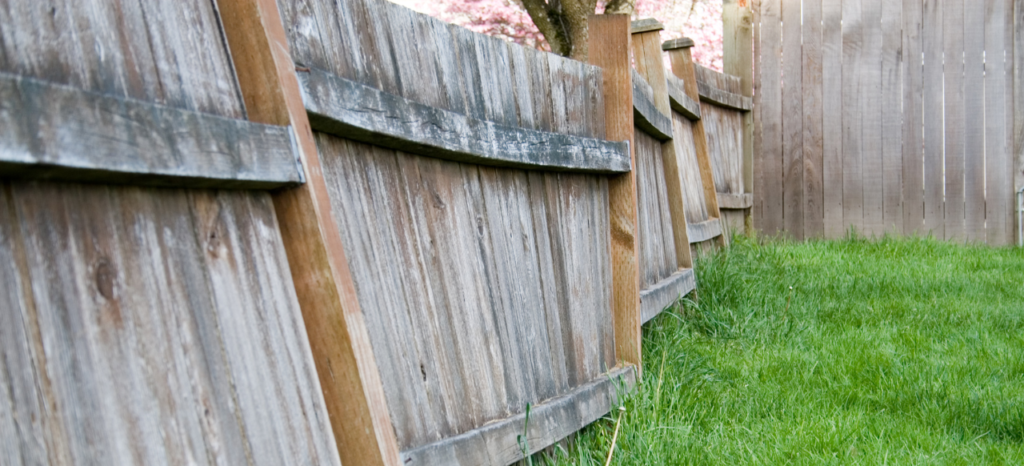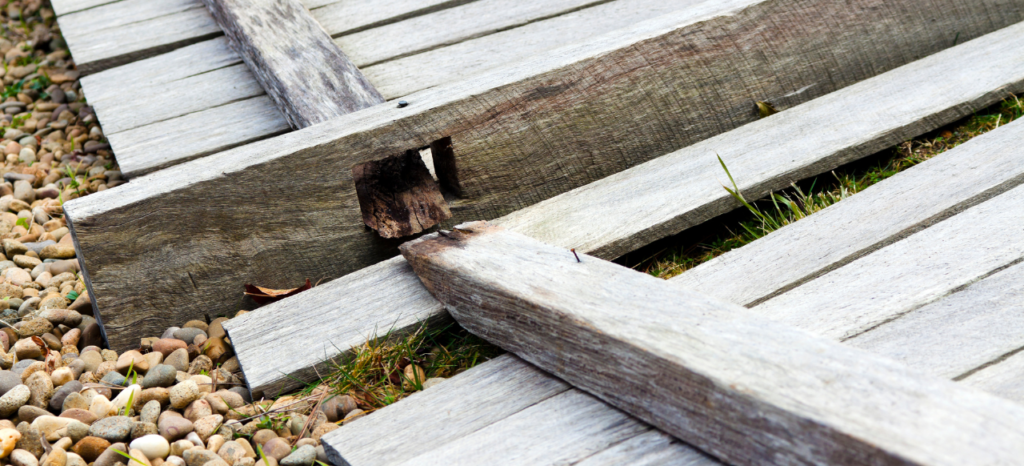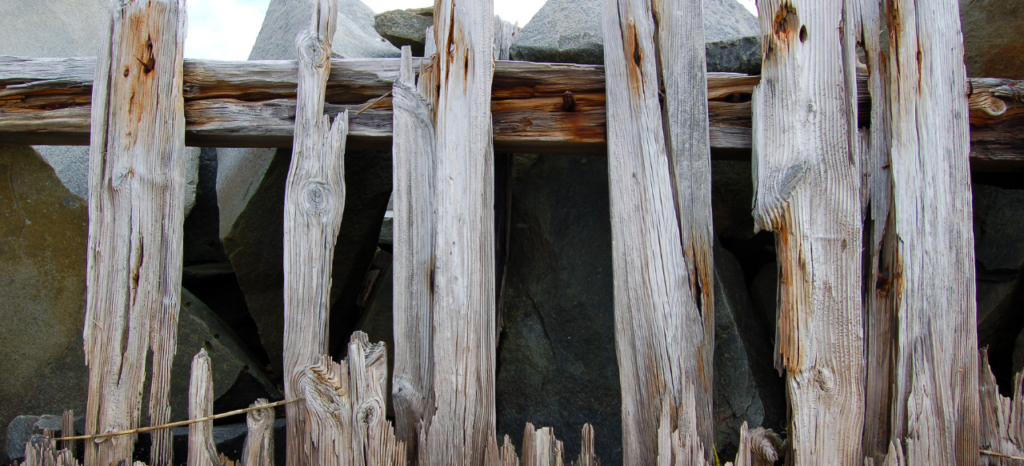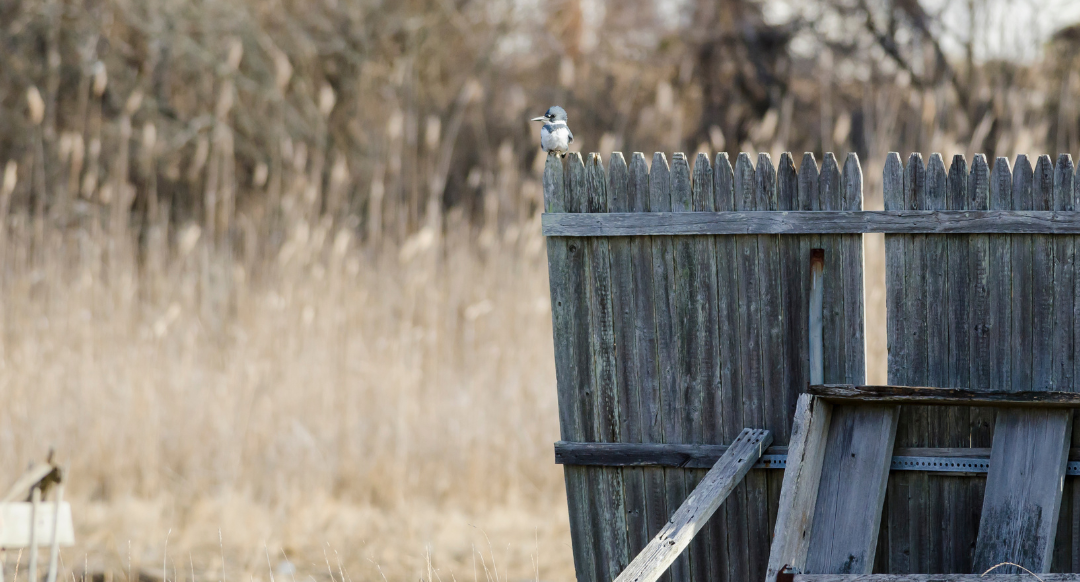A fence is a great way to add security and privacy to your property. It can also improve your property value, but even the most well-built and durable fences will eventually encounter some problems down the line. Here are 5 common fencing issues and what you can do to address them.
1. Leaning Fences

Leaning fences are a common problem that can affect any type of fence, whether they are timber, Colorbond fences, or any material for that matter. Leaning fences are often caused by weather conditions, such as wind, rain, flooding. Soil erosion can also play a significant role in fence leaning particularly when the fence is situated atop a retaining wall. Trees and large bushes can also cause a fence to lean either through pressure exerted from branches or from the roots of the plant pressing against the foundations of the fence posts.
The first step to addressing this fence issue is to determine the cause. Pruning and removing trees and other interfering shrubs may be required. Alternatively, if you notice that the issue is located on the footing of the fence, a new concrete base can be added to provide the needed stability. However as with all structures they will eventually break down, it’s important to think about the time, effort and costs associated with repairing a leaning fence along with the likelihood of having to do repairs in the near future. In some situations it’s more effective to simply replace the entire fence.
2. Warping Fences
Wooden fences are most prone to warping. This occurs when different parts of the wood undergo changes in moisture content that cause them to bend. Because timber fences absorb water when it rains, the wood swells and shrinks over time. Moisture is the major culprit when it comes to warping.
Taking precautions in the wood selection process and through the installation process can help ensure your fence stays straight for a long time. For starters, ensure that there is a sufficient gap underneath the fence to allow runoff from the rain to flow underneath your fence. If the timber palings are in contact with the ground then they will act like straws drawing the moisture from the ground up into the palings causing the bottom section of palings to warp and rot at an accelerated rate. Additionally, ask your local fencing contractor to choose a good sealer and stain that will help keep rot and water from causing the timber in your fence to warp. This will also help your fence look good for years to come.

3. Splitting Fence Palings
Wood splits in timber fence palings are a common occurrence and can be caused by different factors. Timber expands and contracts with moisture, both from the air but also from precipitation. Alternating periods of rain and very dry weather can be very hard on timber, causing it to dramatically expand and contract. While this is a natural part of the seasoning process of the timber, certain precautions can be taken to prevent cracks from appearing in your timber fences.
The best thing you can do to avoid splits in your timber fence is to choose highgrade timber. During installation splits in a panel can be avoided by fixing the timber so that it allows for expansion and contraction naturally. Finish off the installation job by sealing the timber fence. This will allow it to better withstand changes in moisture levels. End-grain sealers are a great option to prevent rapid drying at the ends of panels.
4. Termite Infested Fences
Many Ipswich homeowners love timber fences for that classic homey feel of timber fences. Down the line, however, the trademark classic feel gets deteriorated by weather conditions and termite activity. Treated timber is not a 100% guarantee against termite infestation. Treated timber merely deters the termites leading them to choose an alternative food source, if available. However when there are few alternatives termites will still make a meal of your treated timber fence.
There are essentially two options to reduce termite infestation to your timber fence. The first is to ensure the conditions the fence is located in is not optimal for termites (shaded and moist) if your fence will be installed in such a location then perhaps consider using an alternative material which is resistant to termites. Insecticides, paints, and sealants are another way you can make your timber fence less appealing to these destructive critters. If in doubt, you can hire a professional pest control company to help get rid of the termites and provide an ongoing solution to keep them at bay.

5. Timber Fence Rotting
Out of all the issues about owning a timber fence, rotting is the worst problem of them all. Not only does it ruin the overall look, it affects the structural integrity of your timber fence and leads to other issues such as leaning. It’s a problem which can quickly spread if it is not addressed early on, and if left untreated it can cause serious damage to your fence.
To prevent rotting you need to keep the timber well away from soil and any other moisture that can penetrate it. Make sure the gap between the bottom of the fence paling and the ground is large enough to allow rainwater runoff to flow underneath the fence. Keep grass along the fenceline short and regular cleaning and staining are some of the ways in which you can prevent rot from taking hold of your timber fence.
Now that you know the 5 most common issues Ipswich home owners face with their fences you can ensure that you not only choose a suitable fencing material for your yard but also take the preventative steps required to ensure your fence looks great, and does it’s job for as long as possible.
For more info on how to best care for your fence or to hire a local professional fencing contractor be sure to give Fencing Ipswich a call today!

